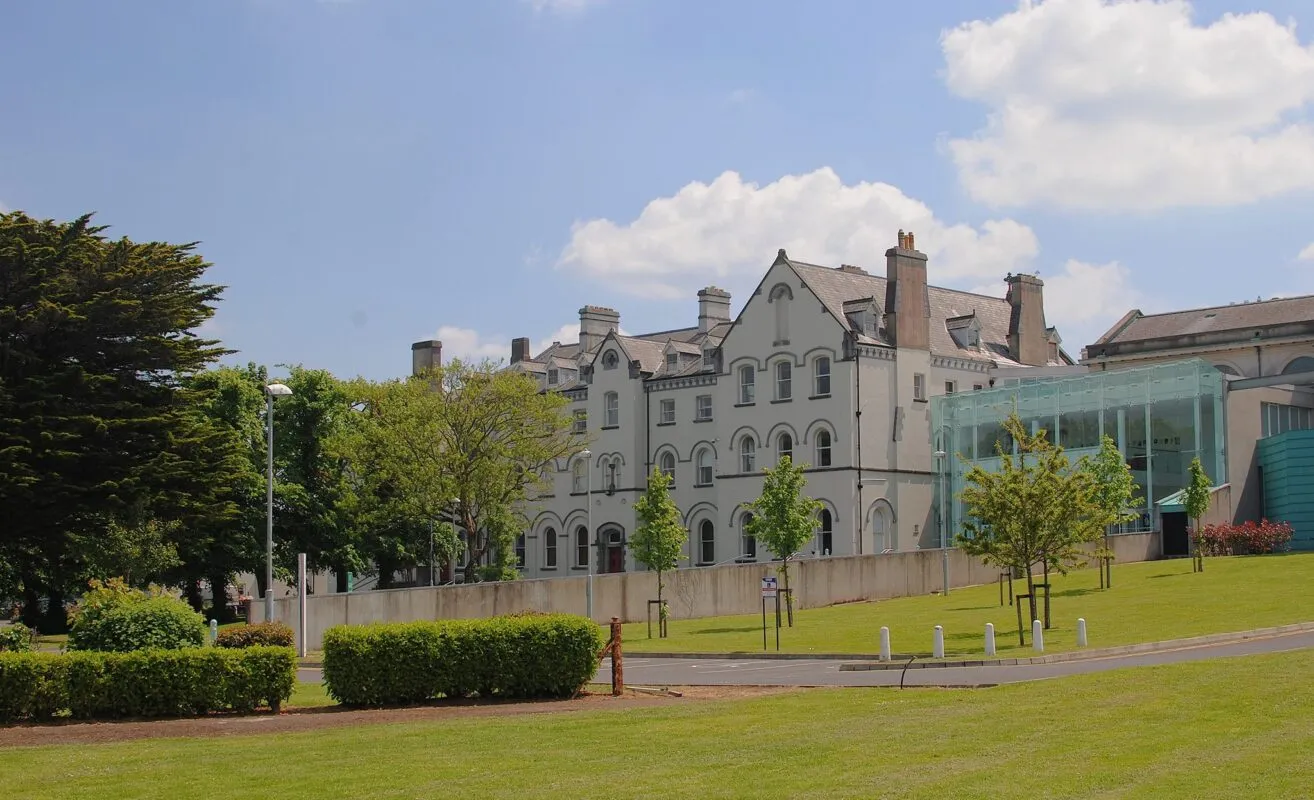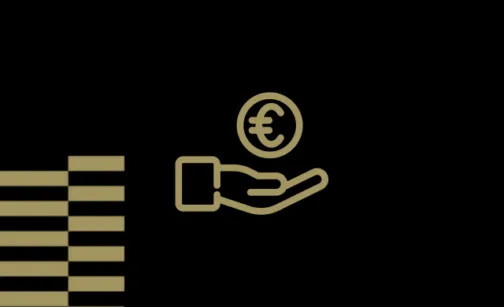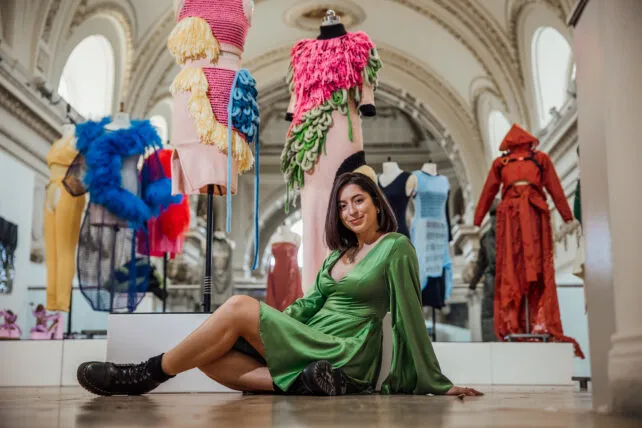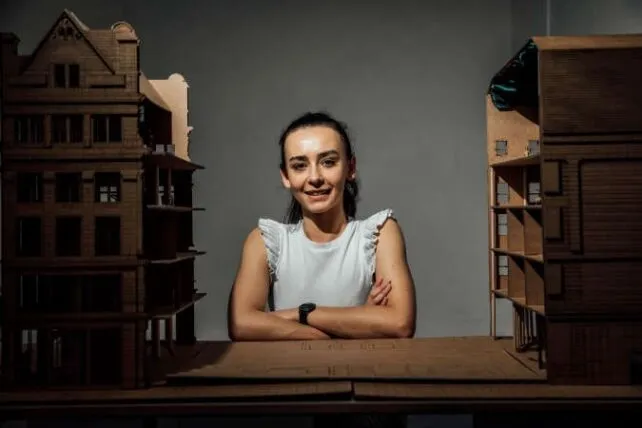Additional Information
Garda Vetting – School placement is a mandatory component of this course in year 2, 3, and 4. Applicants must obtain Garda Vetting before they embark on their placements – please be advised that a criminal conviction may be a challenge to securing work placements.
Why Choose BEd (Hons) in Art and Design Teacher Education?
Welcome to the place where creativity meets pedagogy! Our BEd (Hons) in Art and Design Teacher Education isn’t just about teaching—it’s about sculpting future artists, igniting imaginations, and shaping cultural architects.
From Studio to Classroom: Crafting Creativity: Step into our studio—a cauldron of possibilities where clay, brushes, and pixels intertwine. From Fashion Design to Animation, Painting to print you are given lots of opportunities to unleash your own creative voice and vision.
Where Theory Meets the Palette: Beyond the canvas, educational foundations intertwine with creative DNA, preparing you to wield impact through lesson planning to inspire young minds.
Garda Vetting: The Key to Your Canvas: Venture beyond the studio into school placements, where classrooms are filled with curiosity and dreams. Garda Vetting ensures transparency on this journey.
Crafting Cultural Architects: Residencies, exhibitions, partnerships—these are part of your learning experience so that you can be equipped to shape and create a bright future for young artists and designers.








